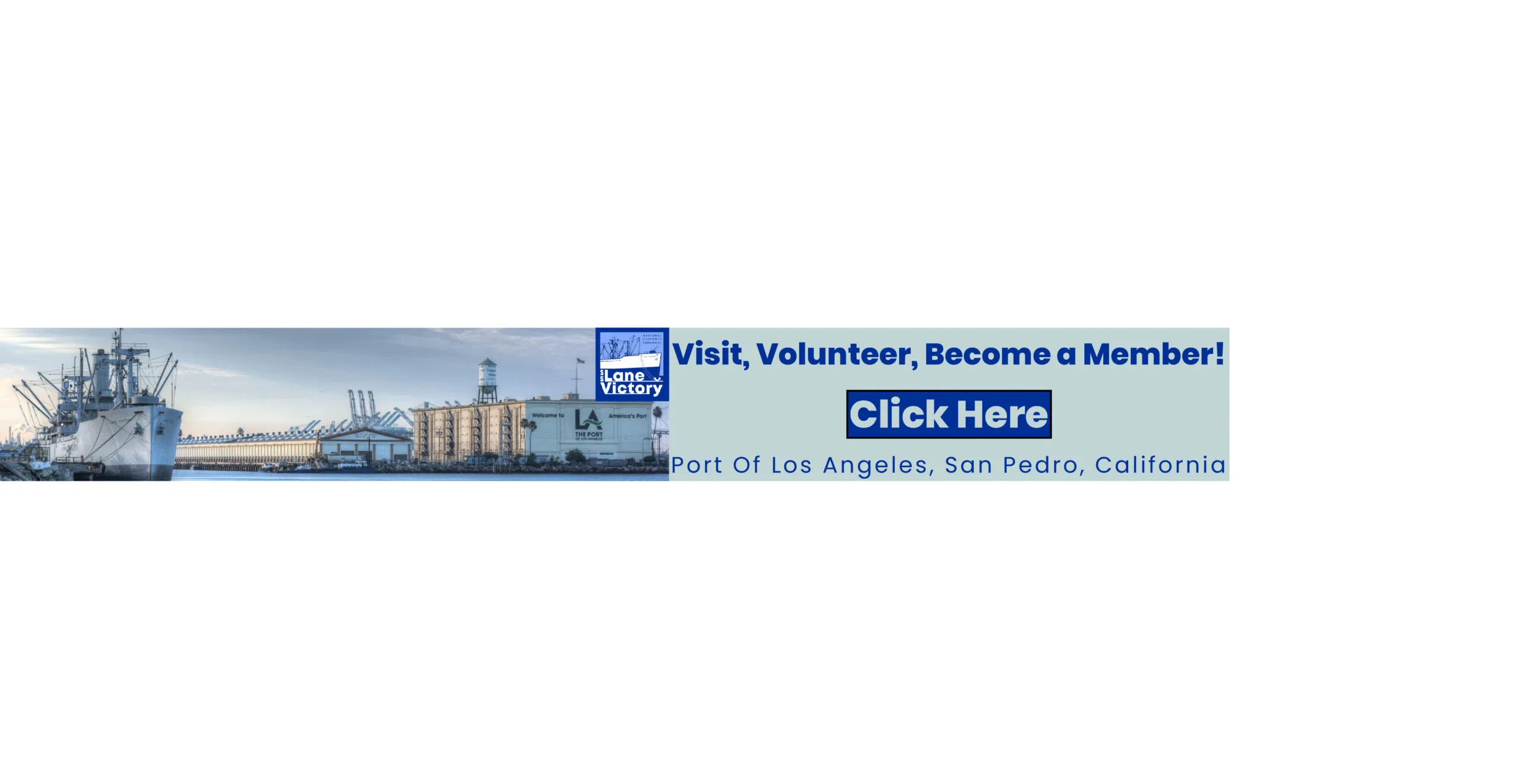By Cristhian Tapia-Delgado
The Press Telegram has reported about the South Coast Air Quality Management District (SCAQMD) Indirect Source Rule (ISR) for ports and highlighted that the final draft — originally expected by the end of this year — has been delayed for the second time, and is now set for Q4 of 2024. This is now about a year later than promised and a major disappointment given the severity of port pollution over the last few years, spiked by pandemic-related trends.
As a downtown Long Beach resident myself — and having grown up on the Westside — I’ve witnessed the harmful effects of port pollution firsthand. It is far too common to know someone from my community with respiratory problems, or other health conditions, that are attributed to the effects of environmental pollution, including fossil-fueled shipping. Many of my friends and family members have struggled with asthma, increased allergic responses, cardiovascular diseases and other air-pollution related diseases simply due to the location of their homes.
SCAQMD’s ports rule is urgently needed to mitigate fossil-fueled ship pollution, one of the main culprits contributing to climate change and poor air quality in Long Beach and on the South Coast. Many ocean-going cargo ships currently burn heavy fuel oil — the cheapest, most dirty and deadly fossil fuel containing asthma and cancer-causing air pollutants.
The Los Angeles/Long Beach area has some of the worst pollution in the nation. This comes to no real surprise, as they are home to the largest western seaports in the nation — and some of the busiest ports on the globe. The American Lung Association’s “State of the Air” 2023 report finds that nearly 119.6 million Americans still live in places with failing grades for unhealthy levels of ozone or particulate pollution. Los Angeles has remained the city with the worst ozone pollution in the nation for 23 of the past 24 years.
People of color and low-income people in Los Angeles and Long Beach port communities have historically suffered the brunt of air pollution. Port-adjacent neighborhoods, including West Long Beach, experience eight years shorter life expectancy than the Los Angeles County average. The California Air Resources Board (CARB) found that fossil fuel pollution from 2021 cargo ship congestion at San Pedro ports during the pandemic caused an increase in particulate matter emissions equivalent to 100,000 big rig trucks per day and an increase in NOx emissions equivalent to 5.8 million passenger cars on the South Coast.
This is why we need a strong ISR for ports: to rectify historical environmental injustice in Los Angeles County.
Yet, the fossil-fueled shipping industry continues to dig in its heels and avoid accountability for emissions at the ports. The top lobbying organization — the Pacific Merchant Shipping Association — has mislabeled SCAQMD’s proposed indirect source rule emission cap as a cargo cap. This is a misleading claim, as an ISR will not force cargo throughput at ports to decrease. Instead, the rule will mitigate ports’ contribution to life-shortening air pollution by regulating shipping emissions and moving all vessels and port infrastructure to zero-emission technologies.
Regulating emissions from the shipping industry and ports are a win-win for the health of our planet and for port communities’ health. With the recent victory of frontline communities advocating for a railyard ISR, port community residents are hopeful that SCAQMD will continue to expand on this great feat by also paving the way for zero-emission ports through an ISR for ports. Let’s stop kicking this can down the road, and act now on a strong ports Indirect Source Rule.
Cristhian Tapia-Delgado serves as Pacific Environment’s Climate Campaigner, Southern California and lives in Long Beach, California.



